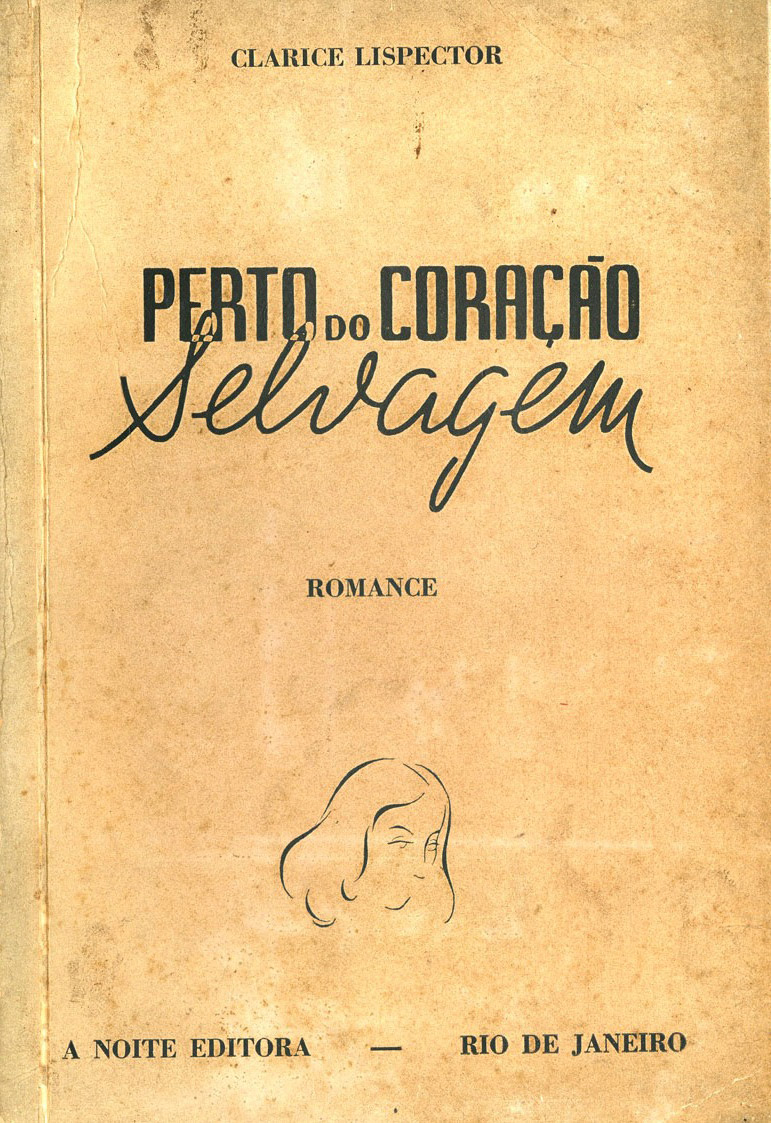“A novel that was missing.” That was how literary critic Antonio Candido referred to the debut novel by young Clarice Lispector, from 1943. Likewise, critics Francisco Assis Barbosa, Sérgio Milliet, and Adonias Filho, Otávio de Freitas, Jr., among others, recognized in the young writer the strength and the uniqueness of the creative process and the extent to which its technique and theme were distant from everything that had been written before.
The impact caused by the novel was such that, for the poet Jorge de Lima, in an article published in 1944 in the Gazeta de Notícias, the book “displaced the center of gravity around which the Brazilian novel revolved,” establishing a paradigm shift in the fictional prose of the country. That same year, Lispector joined the list of authors whose debut works received the Graça Aranha Award. Along with Murilo Mendes, Jorge de Lima, Rachel de Queiroz, José Lins do Rego, and Erico Verissimo, the name Clarice Lispector arose. Near to the Wild Heart, hailed by the main newspapers in the country, was considered one of the best moments in the new modern literature.
Focused on inner experience and introspection, the novel reorients the paths of fictional writing by inaugurating a language that captures and appropriates what seems minimal, banal, or even obvious, to form a surprising dialogue with the world. Joana, the character from which the plot arises, gradually reveals herself to be an exceptional figure due to her unusual perception of everything that surrounds her. Oscillating between reminiscences of the past and external references to the present reality, Joana, the orphan, the one who feels sorry for the chickens, the one who cannot adapt to places, the one dedicated to the evil that distills poison and irony; Joana, who had a “desire to melt away until her fibres merged with the beginning of things” and who one day “would reunite with herself,” strikes the reader like an arrow that hits the bull’s-eye. Her downward movement towards herself gives rise to a subterranean landscape made of holes, where it burns the shapeless and audacious impulse of life, which, in its incommunicable truth, calls everything creation and birth.
In Near to the Wild Heart we witness the birth of a new perspective within the framework of Brazilian prose, the realignment of its tradition, because Lispector, by working with language, invests in narration, and not in the narrated material. In other words, events matter little, since it is impressions and digressions that sustain the narrative and subordinate it to the character. It is, therefore, a work that, for presenting itself in its radical difference in relation to the others of its generation, demanded a new horizon of reading, from which the centrality of fiction was granted to writing and its becoming.
ByMartha Alkmin

